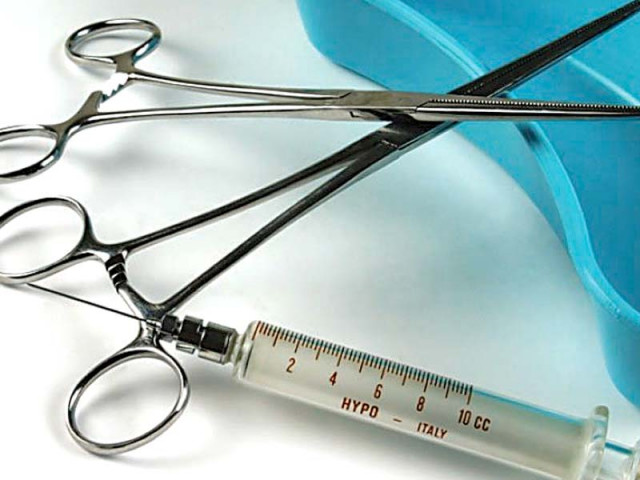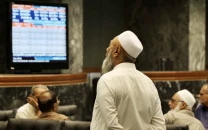‘Trade with India to benefit plastic, surgical and textile sectors’
Former ambassador outlines benefits of trade normalization.

‘Trade with India to benefit plastic, surgical and textile sectors’
Ahmad gave an overview of the trade normalisation process between the two countries. While presenting a briefing on Pakistani exports, he pointed out that Pakistani exporters depended mostly upon European Union (EU) and United States (US) markets. He opined that Pakistani exporters should turn their focus to regional markets. “In case of unprecedented developments in the relationship with the EU or USA, Pakistan should have the option to trade with regional countries,” he suggested.
“Pakistani plastic goods are highly preferred in India due to their quality,” he said. “Similarly, Pakistan can capture the market for fans and leather goods, which are currently being imported from China and Vietnam by India. Pakistan already exports surgical instruments to India via Germany – if we directly trade with India, we can earn an extra $200 million,” he added.
He was hopeful that the agreements on mutual recognition and customs cooperation being signed by India and Pakistan will help overcome non-tariff barriers imposed by the Indian government. “Indian tariffs average eight to 18%, while Pakistan imposes tariffs of approximately 35%. These discourage trade across the borders,” he explained.
Ahmad informed the gathering that molasses and ethanol exports to India account for $66 million worth of exports. Furthermore, cement exports to India currently stand at 600,000 tons, but can be expanded to 1.5 million tons per annum, he noted.
Faisalabad Chamber of Commerce and Industry President Muzammil Sultan agreed that regional trade was a significant factor in the economic development of a country. However, he expressed concerns that Pakistan was not sufficiently geared to benefit from trade normalisation with India due to incessant power shortages.
Published in The Express Tribune, April 27th, 2012.


















COMMENTS
Comments are moderated and generally will be posted if they are on-topic and not abusive.
For more information, please see our Comments FAQ